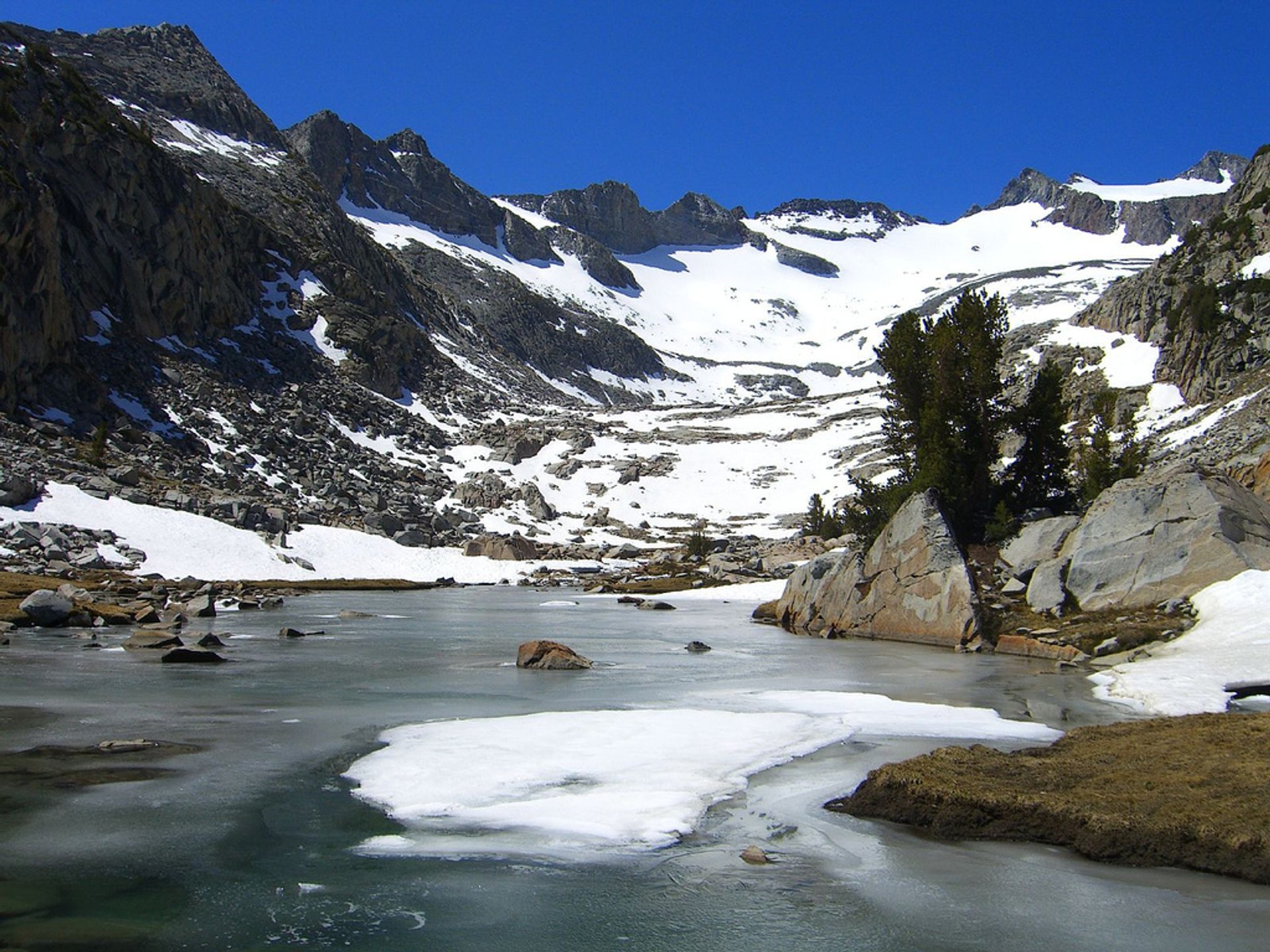"For the past 148 years, Yosemite’s Lyell Glacier has taught us about the
Earth — how it was created, where it was going, and now, how it
might end"

What Remains
On a cool September morning in 2014, among lodgepole pines
under blue mountain sky, Greg Stock shouldered a backpack full of
camping gear and scientific equipment. Boyishly slender and athletic at
45, Stock is a climber, caver, and serious reader of books about
mountaineering and the natural world. He holds the enviable job title of
Yosemite National Park Geologist and mostly loves the work, especially
the part he was bound for that day — the study of Yosemite’s last two
glaciers.
Stock and several companions started their walk in
Tuolumne Meadows, the high-country jewel of Yosemite and everything that
I would ever wish to find in the pastures of heaven — many square miles
of grass and wildflowers surrounded by white granite domes that reflect
sunshine like polished glass. Stock followed the John Muir Trail south
out of those meadows into an immense U-shaped gorge called Lyell Canyon,
8 miles long and 3,000 feet deep, carved out of granite by
long-vanished glaciers during dozens of ice ages. Evergreens dot the
sloped walls of Lyell Canyon — straight lodgepoles down low, bent
whitebarks up high.

In that drought year of 2014, dry meadow
grasses carpeted the canyon floor in pale gold. Down the middle, the
Lyell Fork of the Tuolumne River trickled through wide, meandering
oxbows. The great irrigator of Tuolumne Meadows and drinking-water
source for San Francisco, that river thunders deep in spring but flows
in autumn thanks to meltwater from Stock’s destination, the
Lyell Glacier.
LEARN MORE
